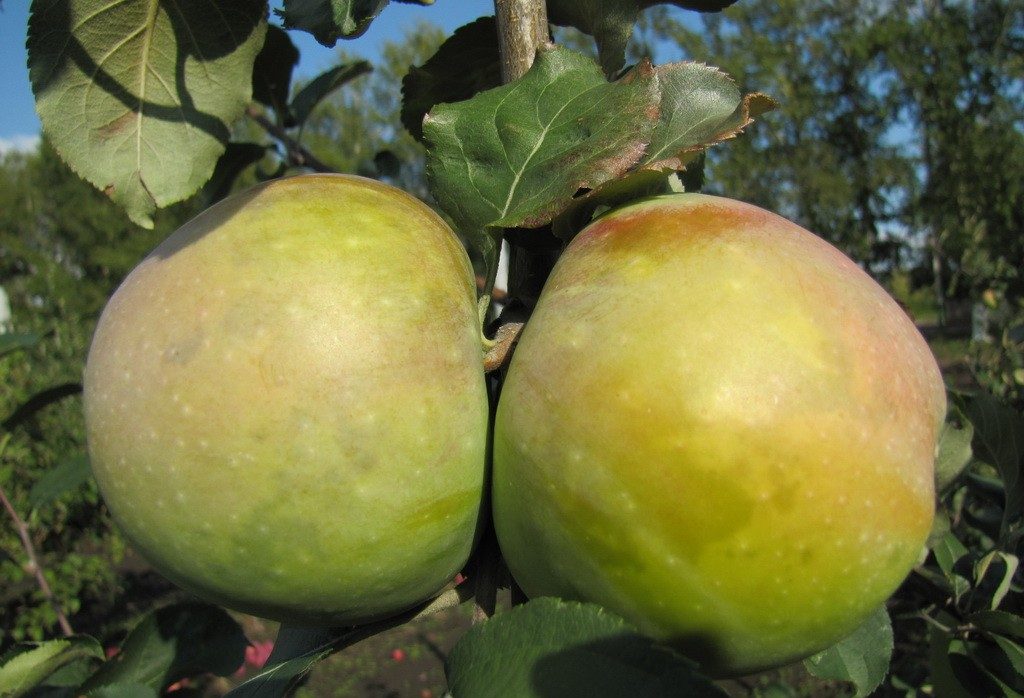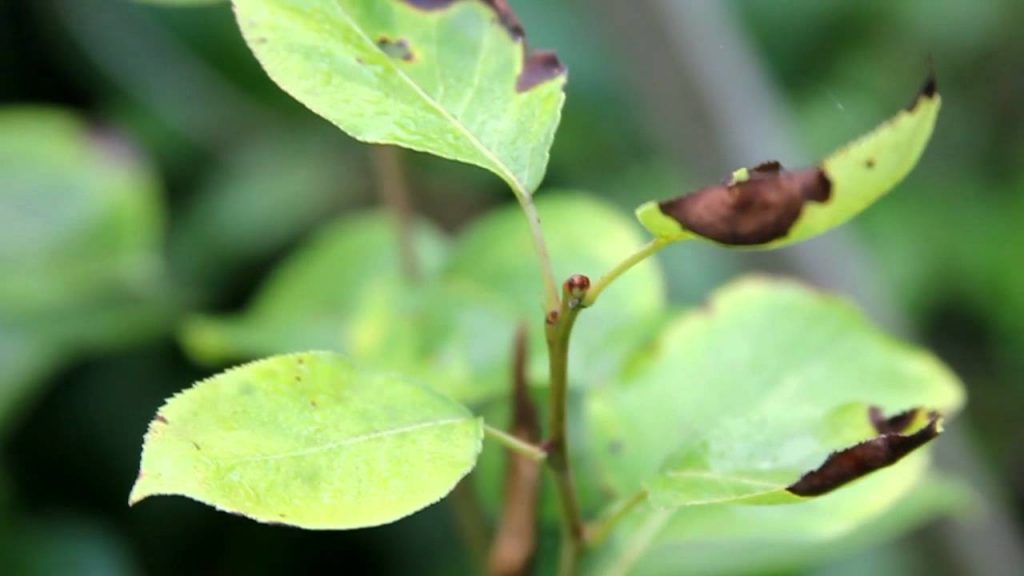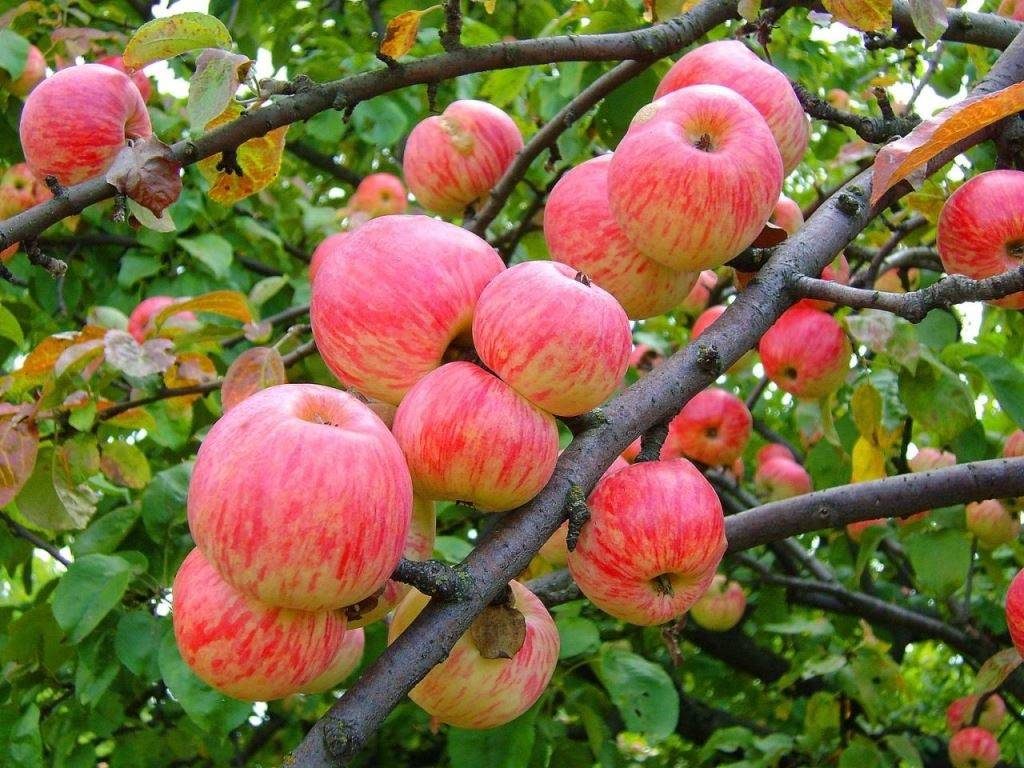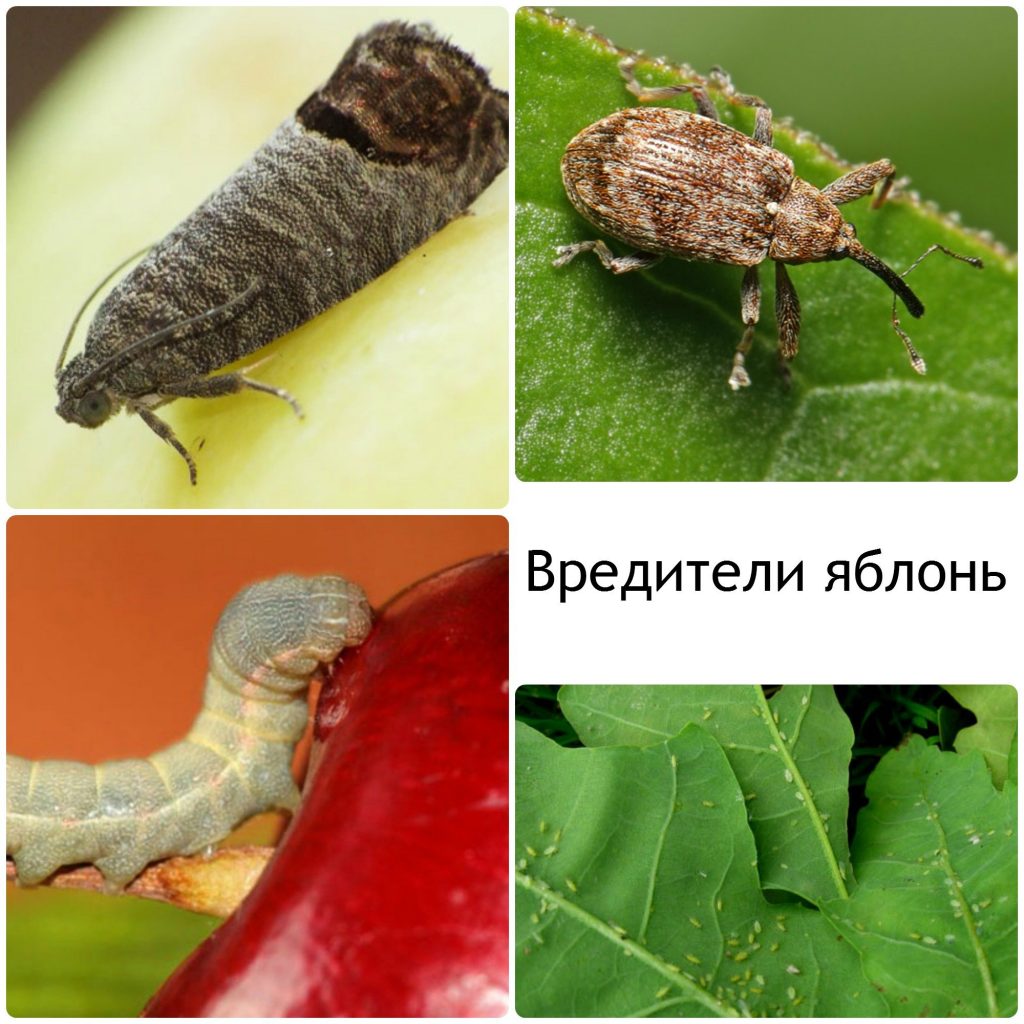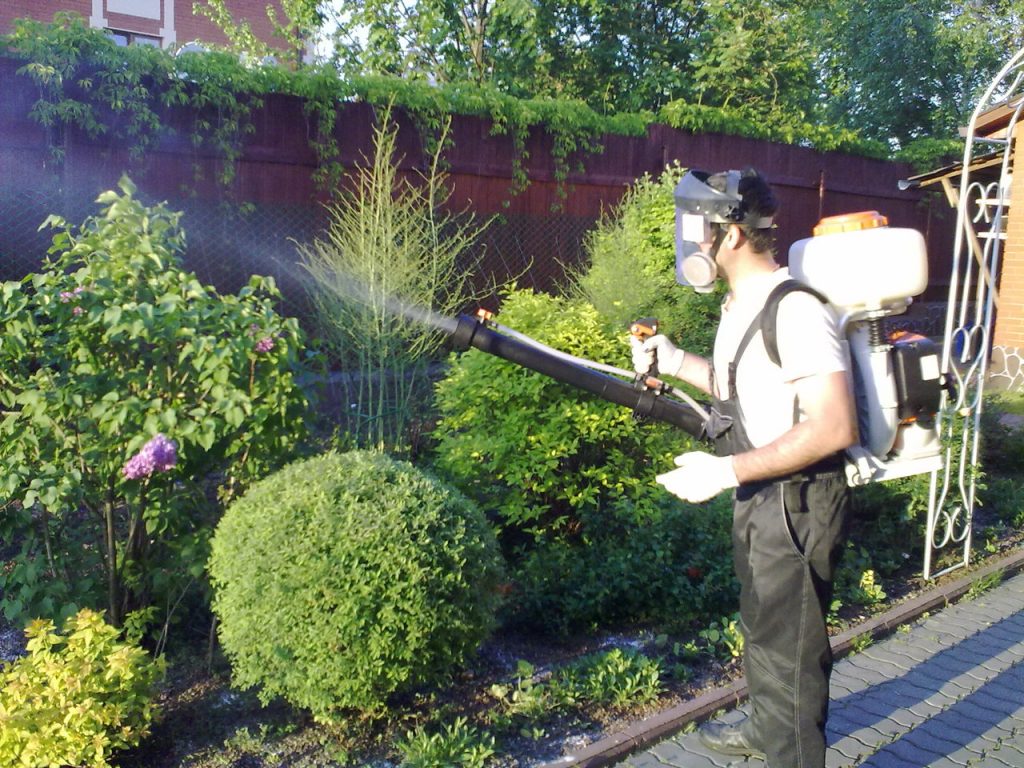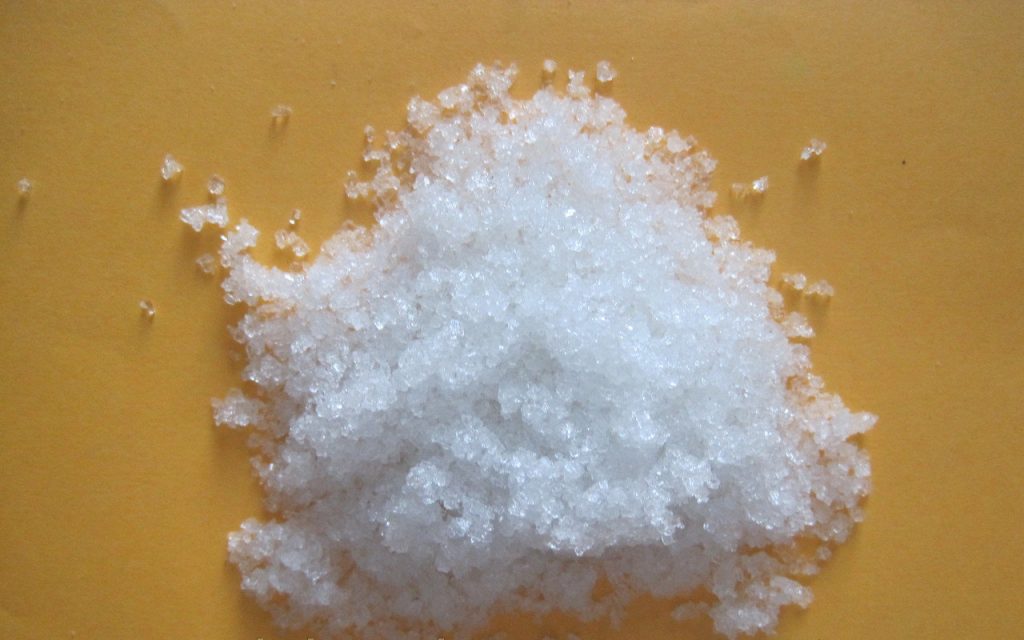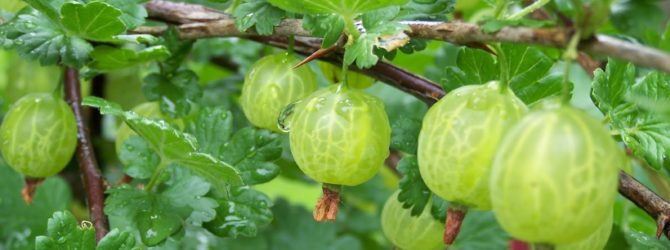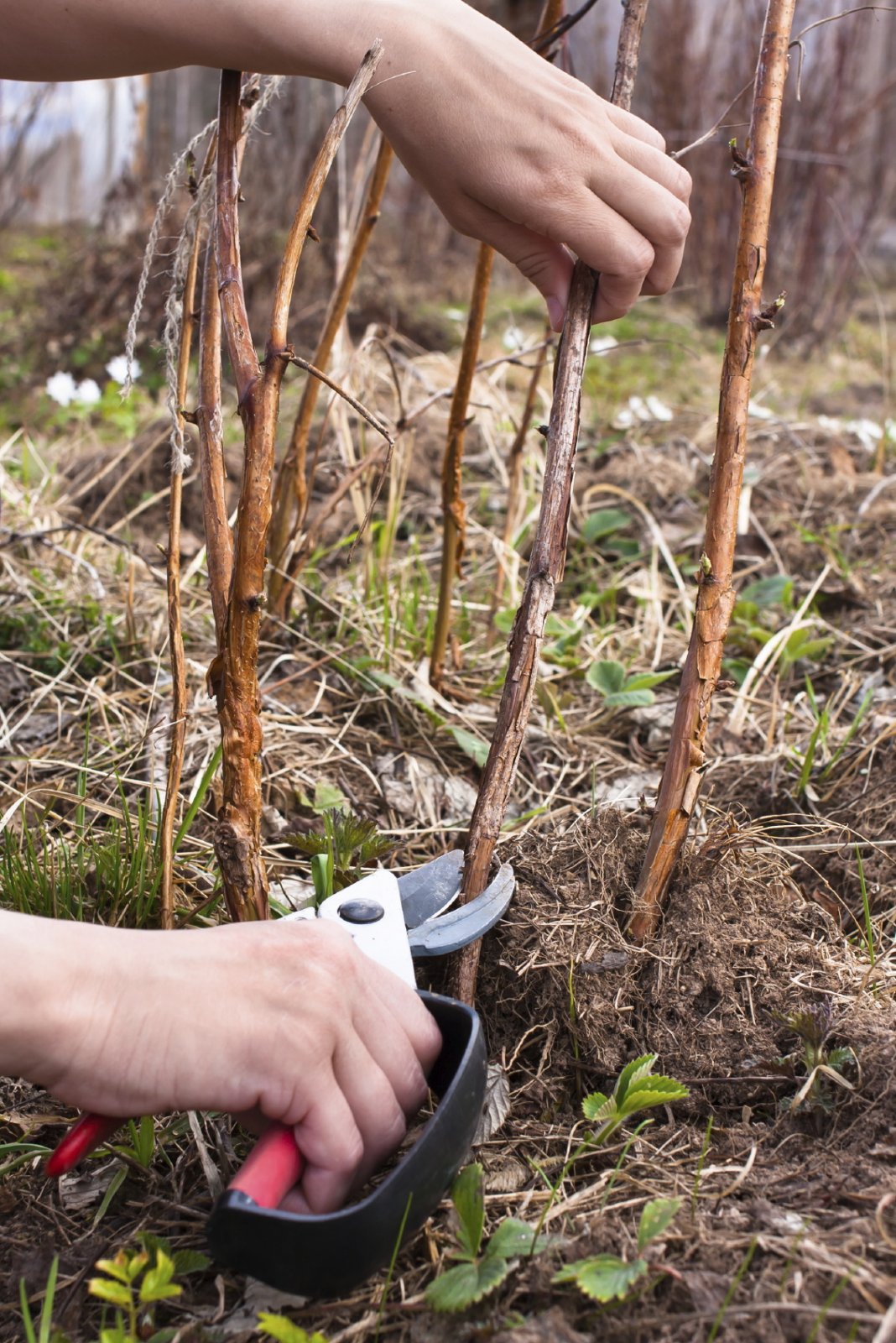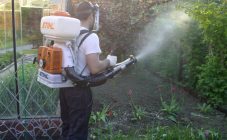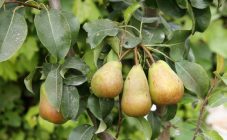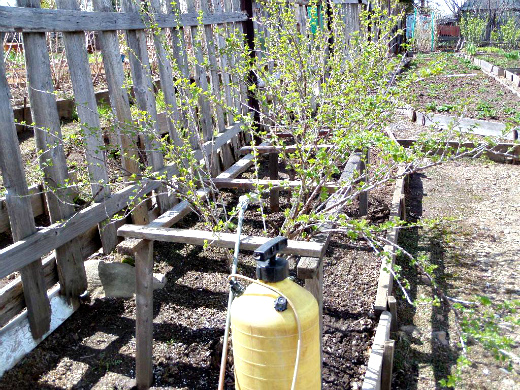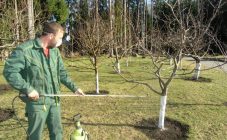Content:
In the garden of every summer resident there is always an apple tree, from which you expect a harvest every year. But in order for her to please with good tasty and healthy fruits, it is important to monitor her condition. First of all, care and preventive protection against diseases and pests should be provided. If a lesion has occurred, then treatment should be carried out as quickly and efficiently as possible.
To choose the most effective method, you should know the dangers by sight and understand what you will have to face, as well as how and when to spray the apple trees.
Major diseases
Any disease is a violation of the normal functioning of the body, including the apple tree. There are a large number of diseases, some develop when an infection enters, others appear due to weather conditions or violations of agricultural practices, and others generally result from the development of other diseases or pests.
Among the most common non-infectious diseases of apple trees, it should be noted:
- chlorosis;
- frosty sunburn;
- rosette;
- small-leaved;
- accretion of fruits;
- vitreous fruit.
To cope and prevent such non-infectious diseases, a number of simple measures should be taken:
- warming plants from frost;
- regular sanitary and preventive pruning;
- feeding trees with organic and mineral fertilizers, in the spring you can use azofoska, urea and so on.
With proper tree care, the likelihood of infection will be minimized. But sometimes, when the bark is damaged by insects or in other ways, infections can enter the body of the apple tree, which will provoke a number of other diseases. Such diseases can cause significant damage, they are called infectious. There are also a number of diseases provoked by the appearance in the plant of spores of fungi, phytopathogenic microorganisms, conidia and mycelium.
Among the most common diseases of the apple tree, it should be noted:
- black and root cancer;
- fruit rot;
- brown spotting;
- scab;
- common cancer;
- milky shine;
- rust;
- tinder fungi, lichens and many others.
There is also a list of diseases caused by unicellular organisms. They are grouped into the group of bacterial diseases. Among the most common apple problems, bacteriosis and bacterial burns should be noted.
Signs of the most common diseases
Before starting the fight against any of the diseases, it is important to understand what kind of ailment you will have to face. All signs of diseases can be divided into groups, the development of each of them affects different areas in different ways.
Impact on branches
If branches appear on the tree that have unnaturally changed their shape, and thickening of the branches is also noted, then you will have to deal with the furrowing of the bark.
If the shoots on the apple tree bend in the shape of a whip, then we are talking about a bacterial burn.
Transformation of the epidermis
The following changes can occur with the epidermis:
- with tinder fungi, characteristic growths appear on the surface, which in shape resemble a mushroom with a cap;
- cytoporosis will be indicated by a change in the bark to a red-brown color, while it is simply impossible to exfoliate it from the wood;
- when a lichen is damaged, a silvery lamellar plaque is formed;
- if the bark began to crack, then it is quite possible that a black cancer or a frost-sunny burn occurred;
- with an ordinary cancer, seals first form on the bark, which gradually develop into growths.
Leaf changes
Many diseases will affect the appearance of the crown:
- if spots form on the leaves, then the apple tree is affected by chlomid;
- blackening of foliage can occur with scab, bacterial burn;
- with a milky sheen, a light milky shade may appear;
- black cancer and moniliosis are characterized by the appearance of brown spots on the leaves;
- with phyllosticosis, the leaf blades become almost transparent;
- small spots are characterized by a change in shape;
- when orange spots with black blotches appear, the conversation will be about rust;
- proliferation, mosaic mosaic and rust are manifested by early, profuse leaf fall;
- when affected by powdery mildew, the leaves fall off and curl.
Fetal changes
Also, when affected by certain diseases, certain types of fetal deformation are possible:
- if mummification of fruits is observed, then the apple tree is quite possibly affected by black cancer or moniliosis;
- with glassiness, the fruits become transparent;
- with moniliosis and chlorosis, fruits crumble;
- with scab, apples lose their consumer qualities, become dense;
- with fruit rot, apples lose their taste, and become too soft to the touch.
Flowering period
Some diseases cause disruptions and disturbances in flowering:
- with a bacterial burn and black cancer, the flowers begin to dry out and turn brown;
- when affected by powdery mildew, the flowers crumble even before the formation of the ovary;
- small-leaved, rosette and powdery mildew provoke shedding of already formed ovaries;
- fusion disease causes the flowers to fuse in the bud.
As you can see from the signs, many diseases appear on foliage, shoots and flowers. It is important to understand what problem you are facing in order to understand how to conduct treatment.
Treatment method
The complex of therapeutic measures depends on the disease itself, the degree of damage to the tree and the form of the disease. If we compare the description of many diseases, it turns out that the most dangerous for the apple tree is black cancer. Very rarely, in this case, it is possible to achieve a positive result.
The appearance of injuries, temperature drops outside and other environmental factors can provoke the development of the disease. If you do not start to treat the disease in a timely manner, then at an advanced stage it will be necessary to remove the plant.
Treatment consists of the following complex measures:
- First, all affected branches and shoots are removed, and the bark is thoroughly removed near the cut.
- All removed areas should be sprayed with antiseptic drugs.
- The foliage is also susceptible to damage, it is treated with Bordeaux liquid.
- Open wounds that form after removing diseased branches should be lubricated with garden varnish.
Powdery mildew is an equally common disease.It manifests itself on the buds, leaves, shoots in the form of a dirty bloom, which will gradually turn brown. At the same time, active wilting of foliage and its falling off begins to be observed. If timely treatment is not carried out, then the next year the disease will begin to progress, and it will be very difficult to save the trees.
The complex of therapeutic measures consists of the following measures:
- Treatment begins by spraying the foliage of apple trees in early spring, when the leaves appear. For such purposes, the following drugs are used: Topaz, Speed.
- After flowering, the foliage should be sprayed with preparations containing copper oxychloride, for example, Hom;
- After harvesting, the trees should be sprayed again, but already with a 1% solution of Bordeaux liquid or copper sulfate.
Cytosporosis is manifested by obvious lesions of the bark, most often the cause of the development of the disease is improper care, acidic soil and excessive moisture intake. The disease is manifested by the formation of ulcers on the surface of the trunk and branches. The introduction of a boric acid solution will help to cope with the acidity of the soil, which will strengthen the plant's immunity and help prevent the development of many diseases, for example, rot.
The treatment is fully consistent with all the measures that are carried out in case of a powdery mildew infection. In the fall, it is important to apply potash and phosphate fertilizers.
Special whitewashing of the trunk itself and skeletal branches will save you from the milky shine. Boards should be covered in autumn and at the end of winter with a solution of lime milk of 20%. For this, 2 kg of the substance is diluted in a bucket of water and 0.5 kg of copper sulfate is added.
At high temperatures, as well as frequent summer rains, there is a high risk of fire blight. Young shoots and leaves are affected, and the result of progression is loss of flowers. First, dark watery spots appear, and then the tree disappears.
The main pests of apple orchards
Various pests can significantly damage the garden, which also become sources of many diseases. First of all, it is worth trying to destroy pests, as their spread will lead to the defeat of many trees in the garden.
There are a huge number of insects that seek to feast on apple trees, but the most common and dangerous ones should be noted:
- Green aphid. It is the most common insect that settles in large colonies on apple leaves. The main natural enemy of this pest can be a ladybug. If it does not cope, then sprinkle with malofos solution (3%) or soapy tobacco solution.
- Red bells. These pests can successfully live on a tree for several years, gradually sucking out all the juices from the plant. If untreated, tick colonies will inevitably lead to the death of the apple tree, and then move to other fruit trees in the garden. You can fight ticks using special formulations: malofos or dicofol. As a preventive measure, regular removal of old bark, where unwanted inhabitants can settle, should be carried out.
- Beetroot. This is another striking representative of fruit trees, which causes great harm to fruit plantings. It affects all parts of apple trees and perfectly tolerates frost. When fighting, it is important not to miss the moment of swelling of the kidneys. During this period, trees are sprayed with karbofos 0.3% or the plant is fumigated with tobacco smoke.
These are not all pests that can settle on apple trees, but most of them can be prevented by timely crown treatments and tree whitewashing.
Pest and disease control drugs
There are many pest control methods. They can be divided into chemical, agrotechnical, biological and folk. Agrotechnical consists in observing the rules of agrotechnics for care, they have already been mentioned.
Chemicals
It is very difficult and costly to search for individual preparations for each disease and insect, and especially to carry out numerous treatments.
It is best to use systemic chemicals that are designed to combat most insects:
- Before bud break, nitroferone treatment can be carried out, which can destroy eggs and larvae that have been preserved in the tree since autumn. For spraying, 200 grams are taken per bucket. facilities.
- Before bud break, it is effective to use DNOC solution. A bucket takes 100 grams. facilities.
- You can also spray with a tank mixture of Fufanon and HOM, which is performed during the period of bud formation, before and after flowering.
- Such drugs, which have a destructive effect on the gastrointestinal tract, such as benzophosphate, karbophos, rovikurt, show great efficiency in the fight against many sucking insects.
Biological agents
In private gardens, it is recommended to use bioinsecticides that are completely safe for humans and animals. Their use is allowed at any time, up to harvest. Their action is based on the use of living cultures with useful microflora, which in the process of their vital activity are colonized in the larvae and eggs of parasites, destroying them. The most effective are bicol, bitoxibacillin, fitoverm, boverin, actofit, lepidocid.
There are systemic and contact biologicals. Since they differ in a shorter period of action, apple trees should be treated with them more often.
Folk remedies for processing
There are many products that have been used in private gardens for a long time to combat pests and diseases. This will help answer the question of how to process apple trees without using harmful chemicals.
In the fight against rosette and rust, zinc sulfate treatment can be used. You can fight scab using copper sulfate, polycarbacin and Bordeaux mixture. Preparations with iron and copper components will help to cope with many problems of fruit trees.
An effective and common remedy also includes a herbal solution. For its preparation, a decoction is made using wormwood leaves, dandelion, potatoes and tomatoes.
Tobacco infusion also showed high efficiency. For its preparation 400 gr. makhorka or tobacco is infused in 10 liters of water. Then it is diluted in a ratio of 1:10 and added to 50 grams. soap.
A very effective folk remedy for fighting aphids on an apple tree is ammonia. 50 ml of the product is diluted in a bucket of water, but during processing you should be prepared for an unpleasant odor. After mixing, add a soap base to the solution to fix it on the leaves.
Apple tree processing schedule
The treatment of apple trees from pests and diseases is carried out in several stages, thus, protection is carried out throughout the season:
- The first treatment of apple trees from pests and diseases in spring falls on the month of March, before the start of sap flow and the formation of buds. During this period, preventive treatment with chemicals is carried out. It is also required to conduct a thorough examination of the trunk, followed by the removal of sections of dead bark. Sanitary pruning of the crown, whitewashing of the trunk and processing of the near-stem soil are carried out.
- The second processing of trees is carried out after bud formation, but before flowering begins. Most often this period occurs in April. At this time, biological preparations are selected for processing, and belts are also installed on the trunks for catching the flower beetle.
- During the flowering period (May-June), spraying is not carried out, as this can harm pollinating insects. It is best to carry out indirect pest control measures: removing weeds, loosening the soil, manual removal of pests, their larvae and caterpillars.
- The last stage of spring processing is done after flowering. The treatment will be carried out with preparations for fighting insects that feed on foliage and young shoots.
Prevention of diseases and pests
The role of preventive measures in the fight against diseases and pests should not be overestimated.
It is important to properly care for the apple trees and plant known healthy planting material:
- Choose varieties for planting that are not prone to disease.
- Before planting, the seedlings should be carefully checked for damage to the roots and foliage.
- Planting should be carried out taking into account all the rules of agricultural technology.
- Carrying out regular pruning.
- Timely feeding.
- Regular whitewashing with the addition of copper sulfate.
- Autumn harvesting of fallen fruits and leaves.
- Weed removal and timely soil loosening.
- Treatment of mechanical damage to the bark.
- Strengthening the root system, for example, with Kornevin, which will help speed up the process of flower formation. Thanks to the use of such a growth stimulant, you can significantly strengthen the immune system, which is an important factor in the fight against diseases and pests.
- The use of insecticides and fungicides to prevent the development of diseases, how and when to spray against apple pests in the spring, has already been considered.
As you can see, there are a lot of diseases and pests, but all of them can be avoided if timely preventive measures are provided, and all the rules of agricultural technology are observed. When certain problems appear in the form of diseases or pests, it is important to timely determine the true ailment and treat it.
